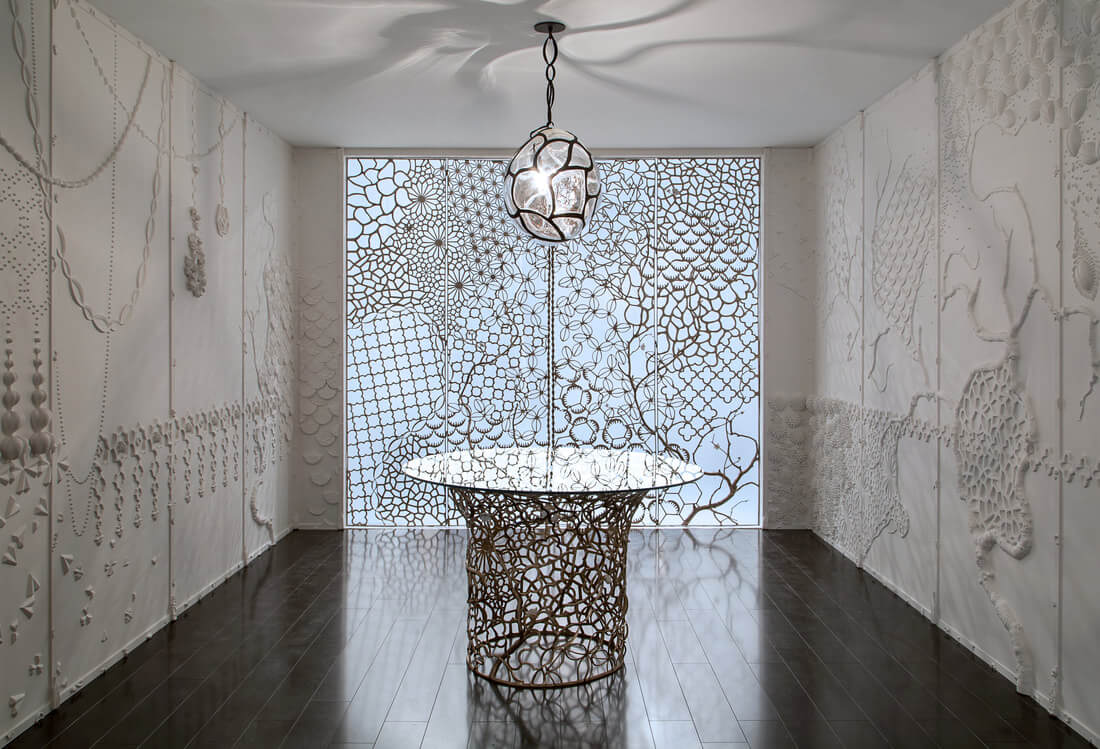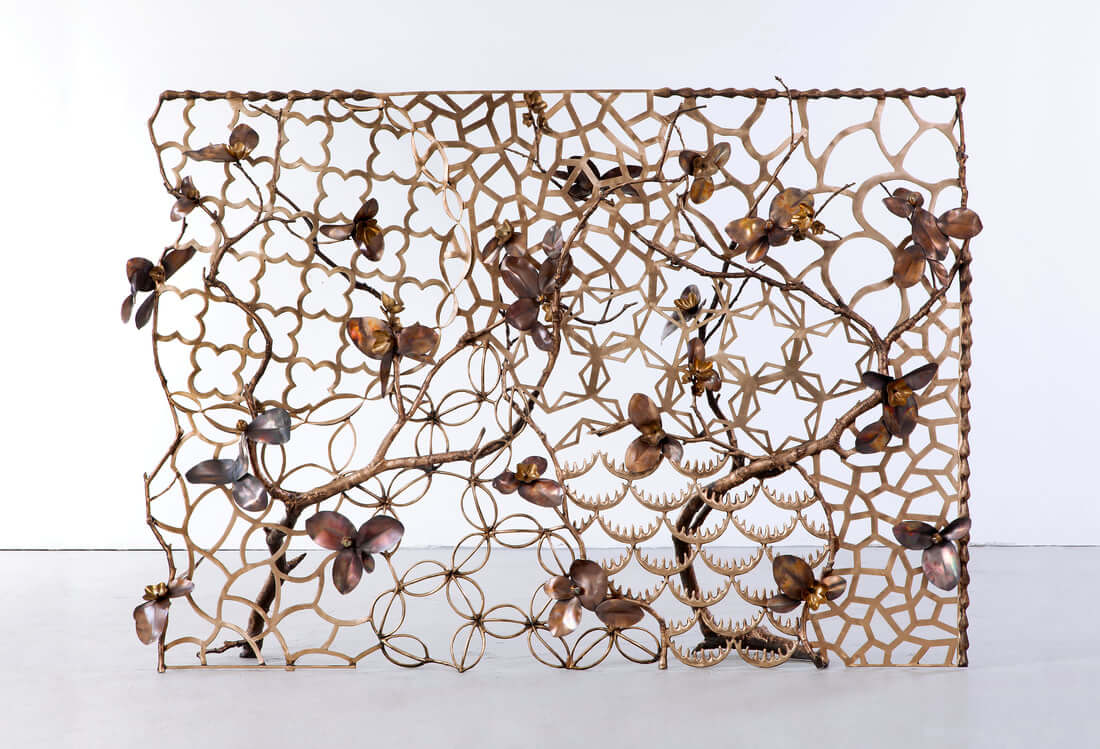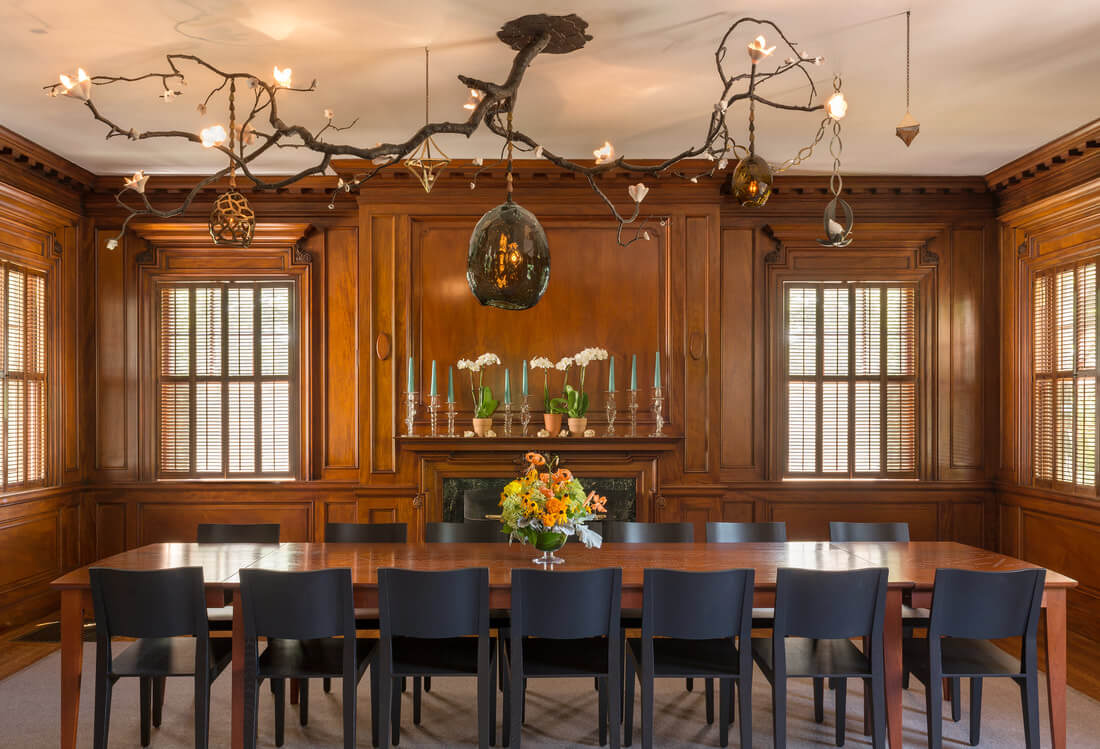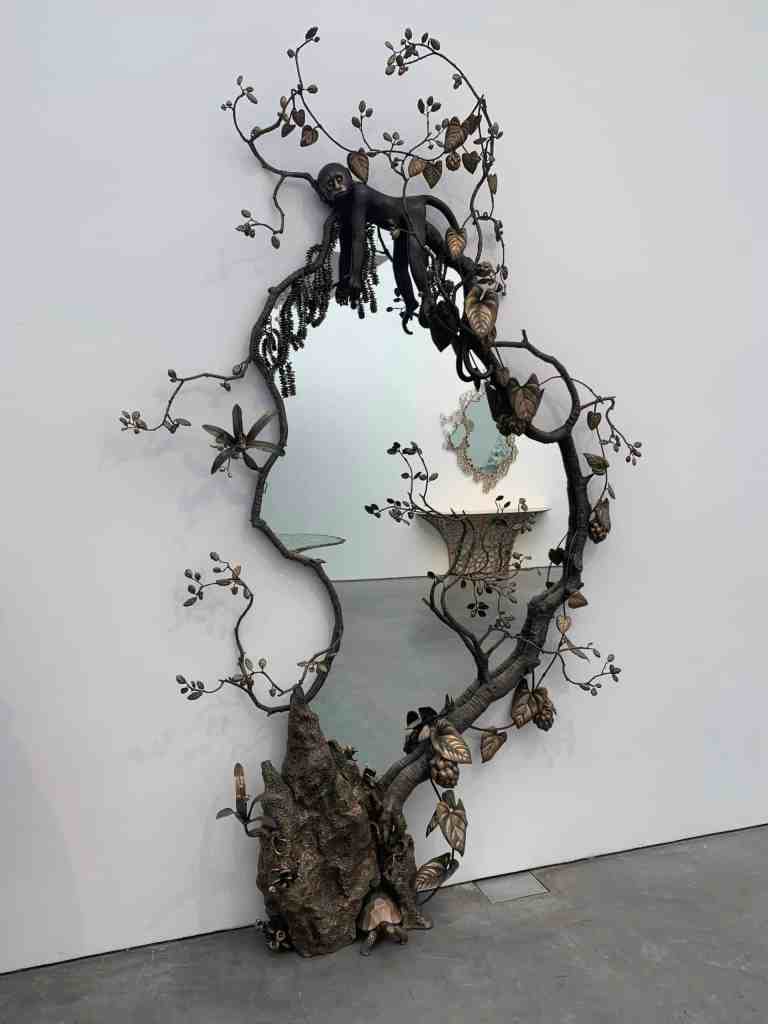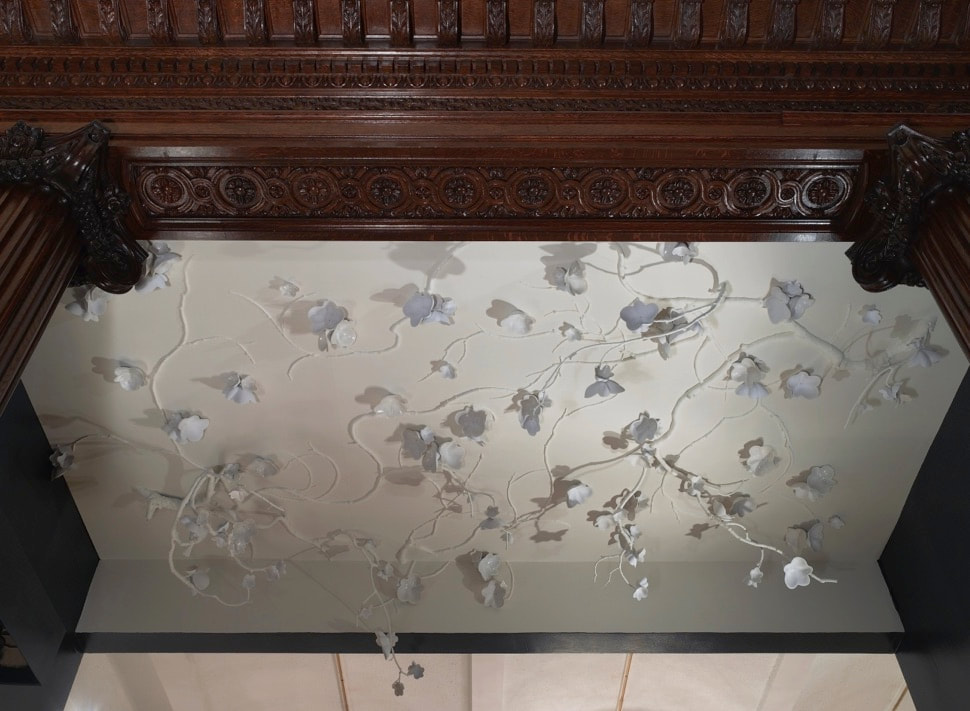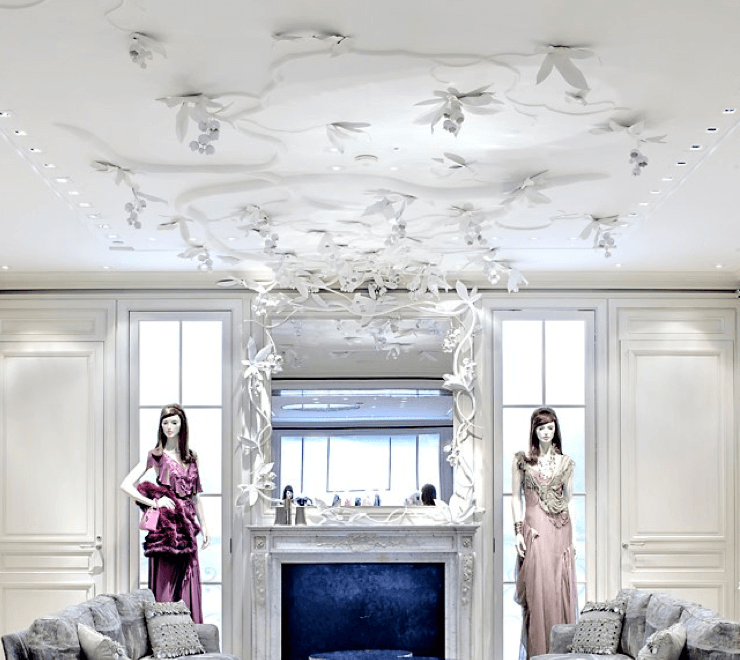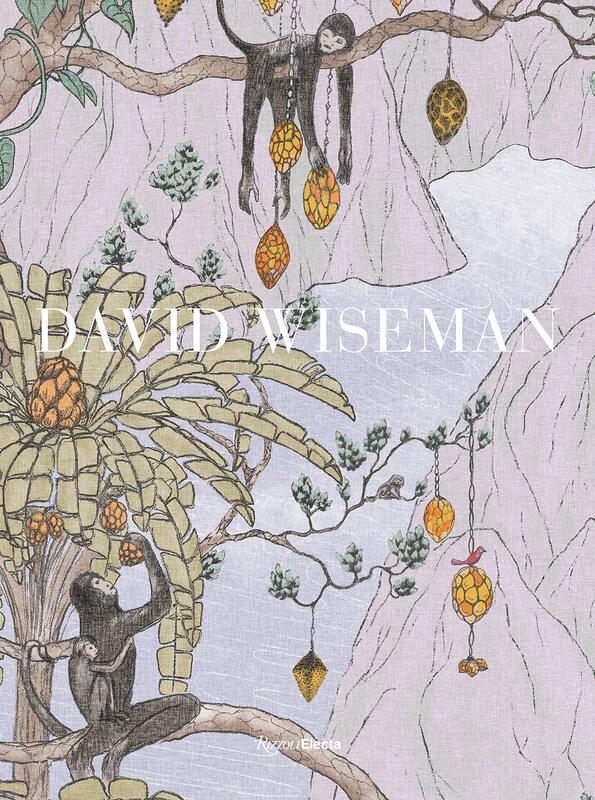AboveI was first introduced to the work of American designer David Wiseman in the 2006 National Design Triennial at the Cooper Hewitt. For that legendary show, entitled ‘Design Life Now,’ he created a site specific installation in the form of Cherry Blossoms. His most ambitious work to date, it consisted of 500 porcelain blossoms, which grew from plaster branches in a ceiling relief (below). The language had clear references to the past: Rococo, Art Nouveau, Victorian, he formulated a new approach in the world of contemporary design.
I later came to learn more about Wiseman’s work and followed its evolution, when represented by the New-York-based gallery R & Company. His rich lattice patterns, his exquisite way of interpreting nature, the love for ornaments, and the studio quality of his work, crafted of porcelain, rock crystal, bronze, plaster, and stone, all received the ultimate expression in a solo show at the gallery a couple of years ago. I have not seen much of Wiseman’s work since, but the installation he created for Peter Marino’s boutique of Christian Dior on East 57th Street is a testimony to his art, craftsmanship, and extraordinary skills, can be seen and experienced by anyone visiting the shop. Now, he is the subject of a new monograph, which comes to illustrate his portrait, to cement his contribution, and to summarize his oeuvre and career.
In the landscape of contemporary design, David Wiseman stands out. His work is closely connected to those chapters in history, which embraced ornament and decoration, his materials and skills belong more to the history of decorative arts then to the realm of 21-century design, and the narrative of his work is closely connected to nature. In the book, he confirms that he had felt ‘lost in the global modernist movement that dominated the territory of design’ and that the vocabulary of modernism was not something he could relate to in his own art. The tiny details that form enormous walls and ceilings, and brilliant scale and proportions have long become his signature. Wiseman has given porcelain, material known more for tableware and studio clay art than for use in contemporary design, a new and exquisite twist, bringing it into the realm of contemporary design in his own innovative way. His most powerful pieces are the chandeliers which look more like art installations than traditional ceiling lights. Through them, he brings nature indoor, casting his branches from tree limbs which he collects when hiking in his hometown, Los Angeles, and creating world which is realistic and fantastic at the same time.
The book consists of sketches and photographs, typical to books by and about artists. What makes it remarkable though, are the essays. A winning formula of four shorts essays by a curator, collector, expert, and the artist. Mayer Rus, West Coast editor of Architectural Digest, illuminates Wiseman’s art; Susan Weber, design historian and founder and director of the Bard Graduate Center for Studies in the Decorative Arts, is the collector who writes about commissioning ceiling installation for her Shelter Island home; David Wiseman who in his own words describes his inner world, philosophy, and production; and Bobbye Tigerman, the Marilyn B. and Calvin B. Gross Curator of Decorative Arts and Design at the Los Angeles County Museum of Art. What I miss to make this book even better, is an essay that puts Wiseman’s work in a larger context of the history of design.
Above: Tablescape for a Family, 2015. Bronze and porcelain. Various dimensions; photo by Joe Kramm.
